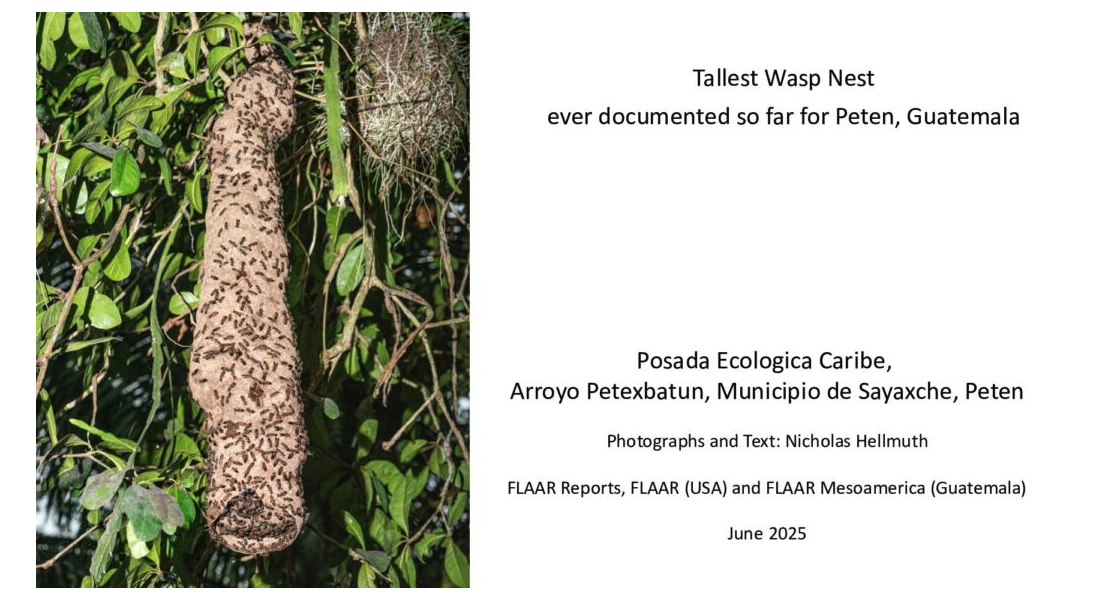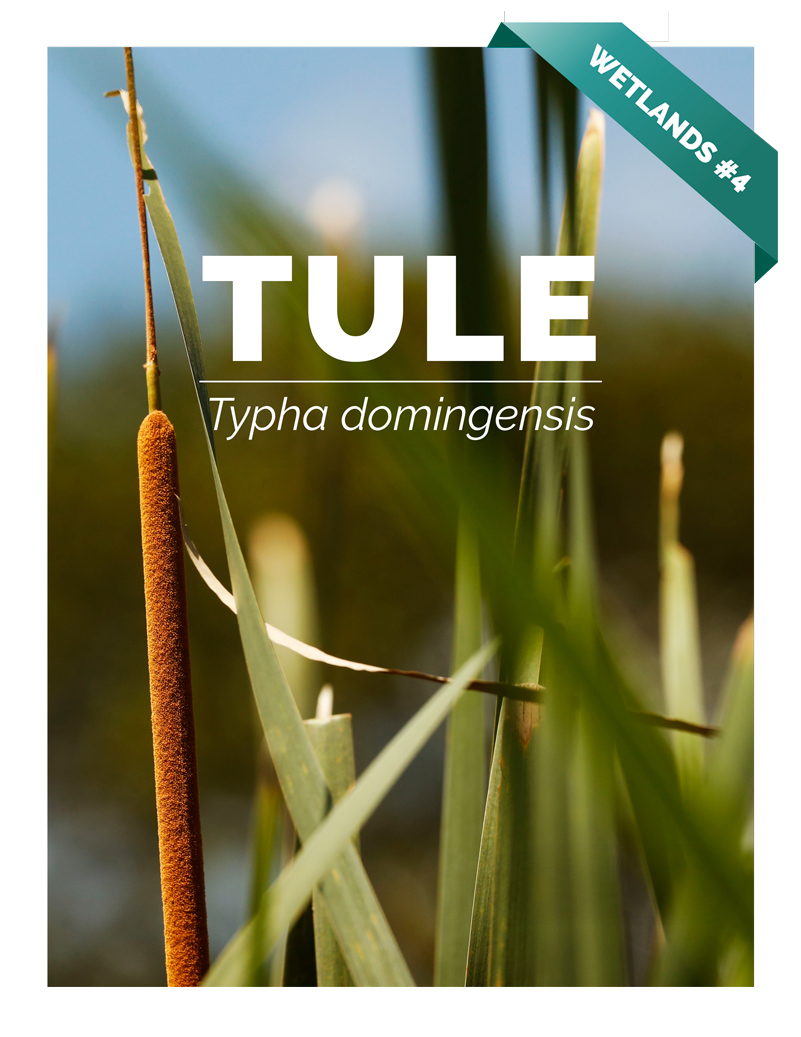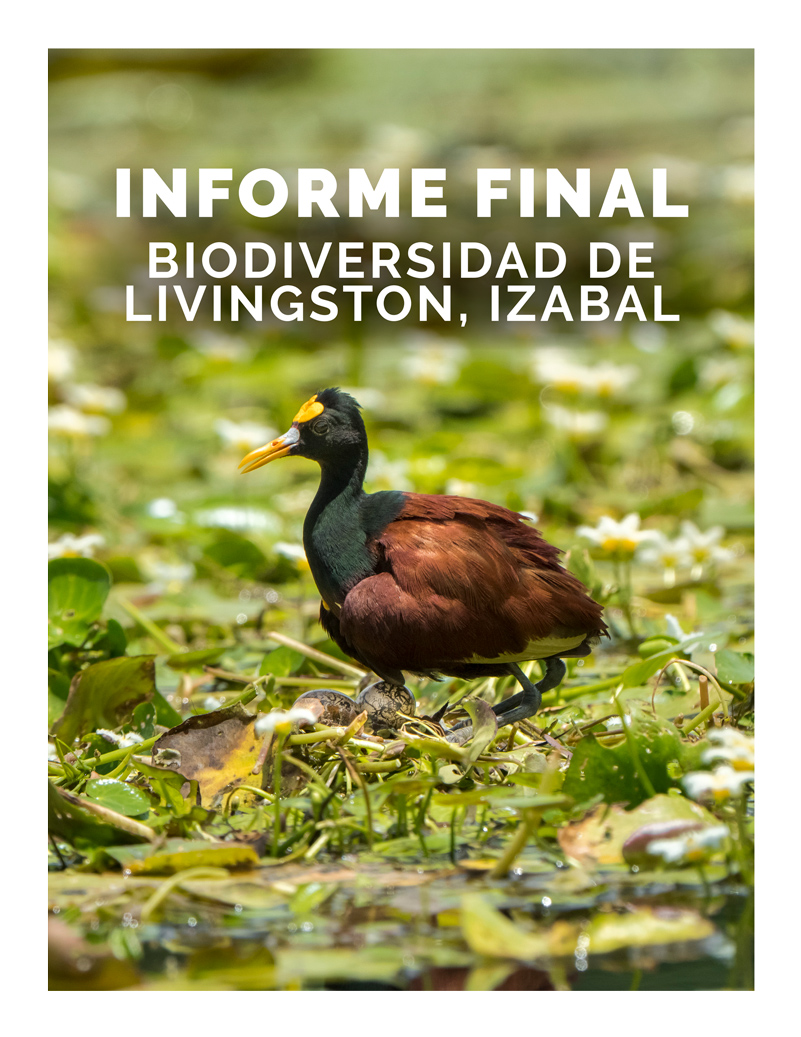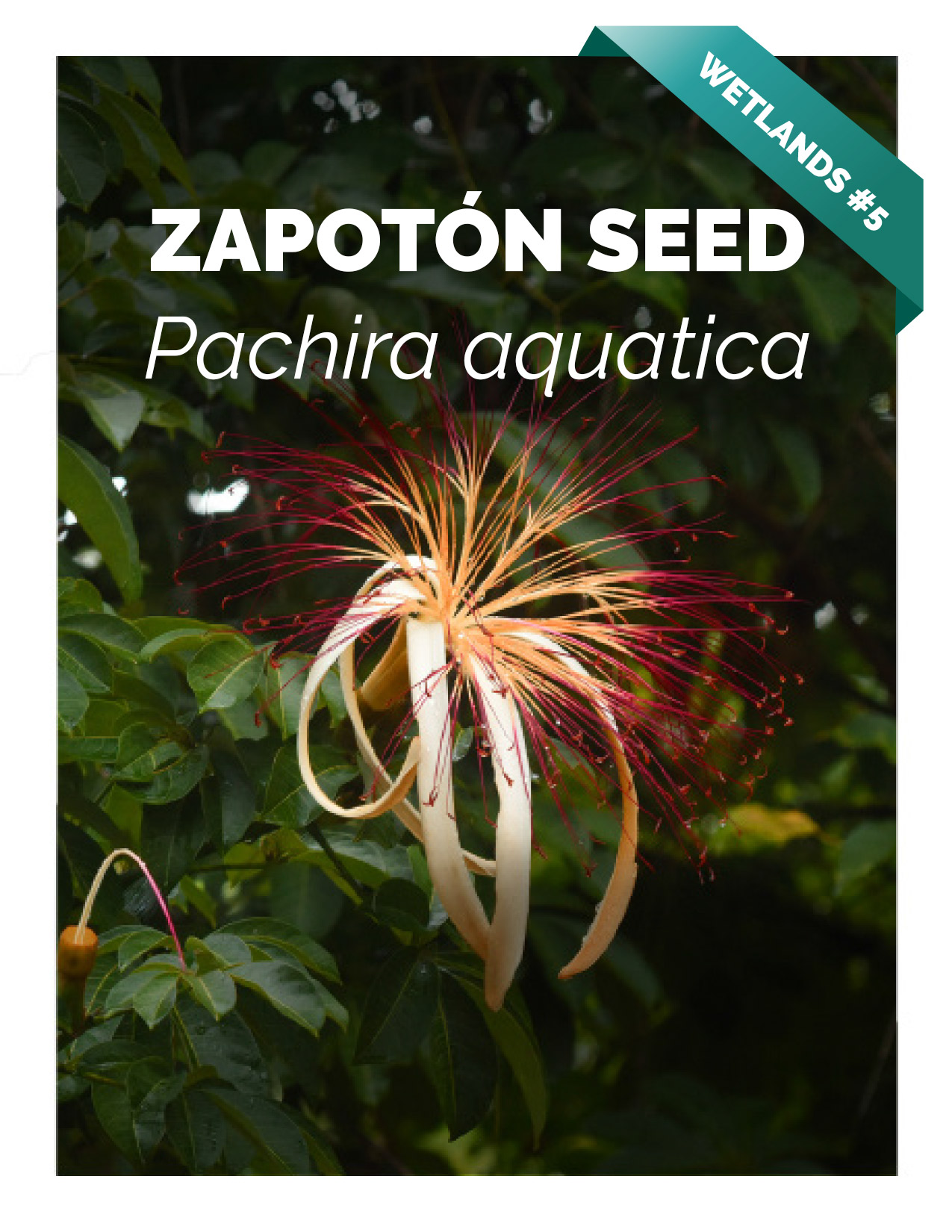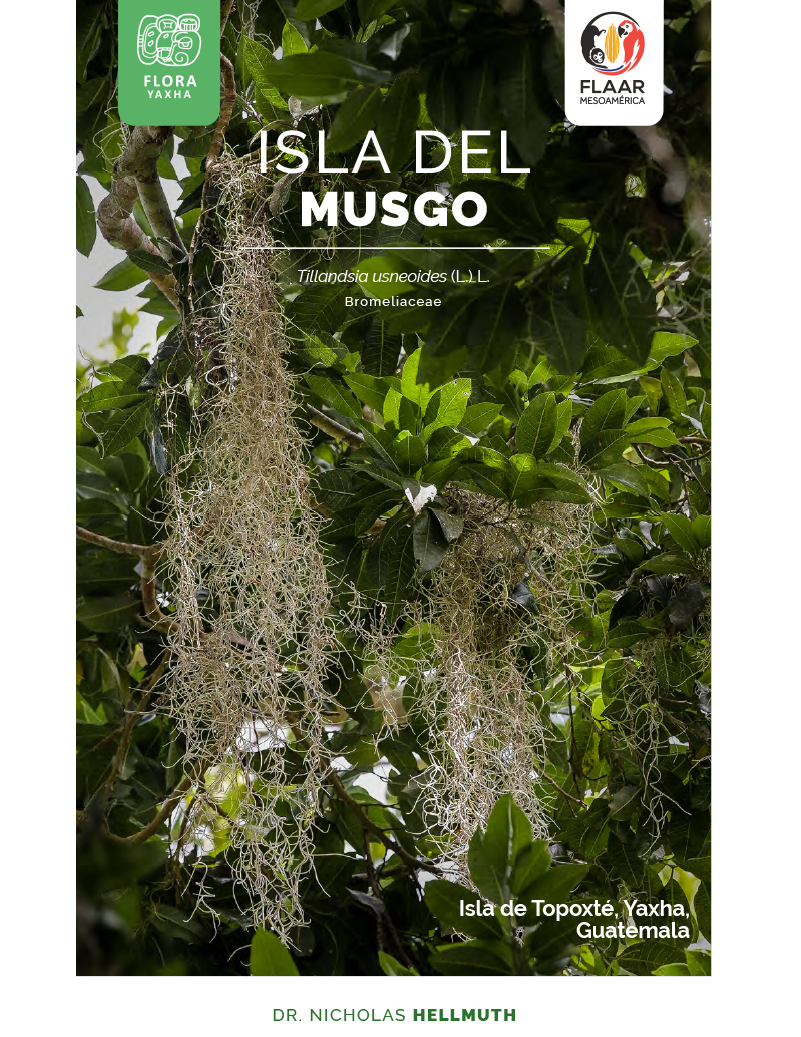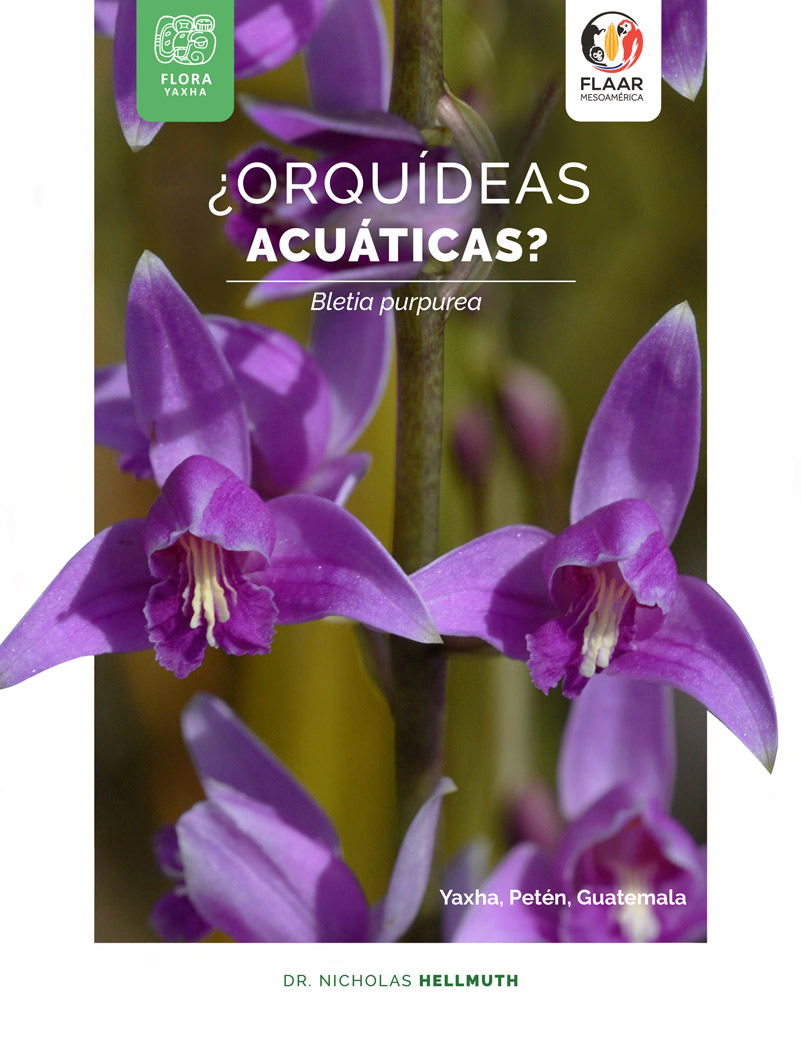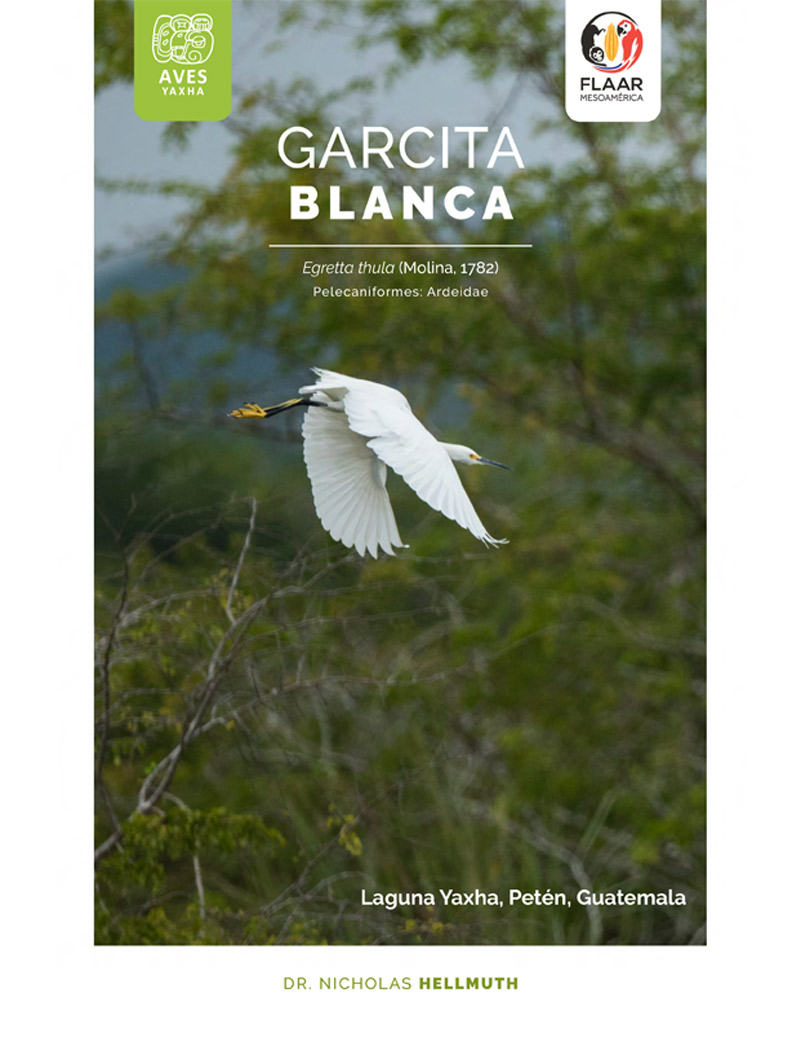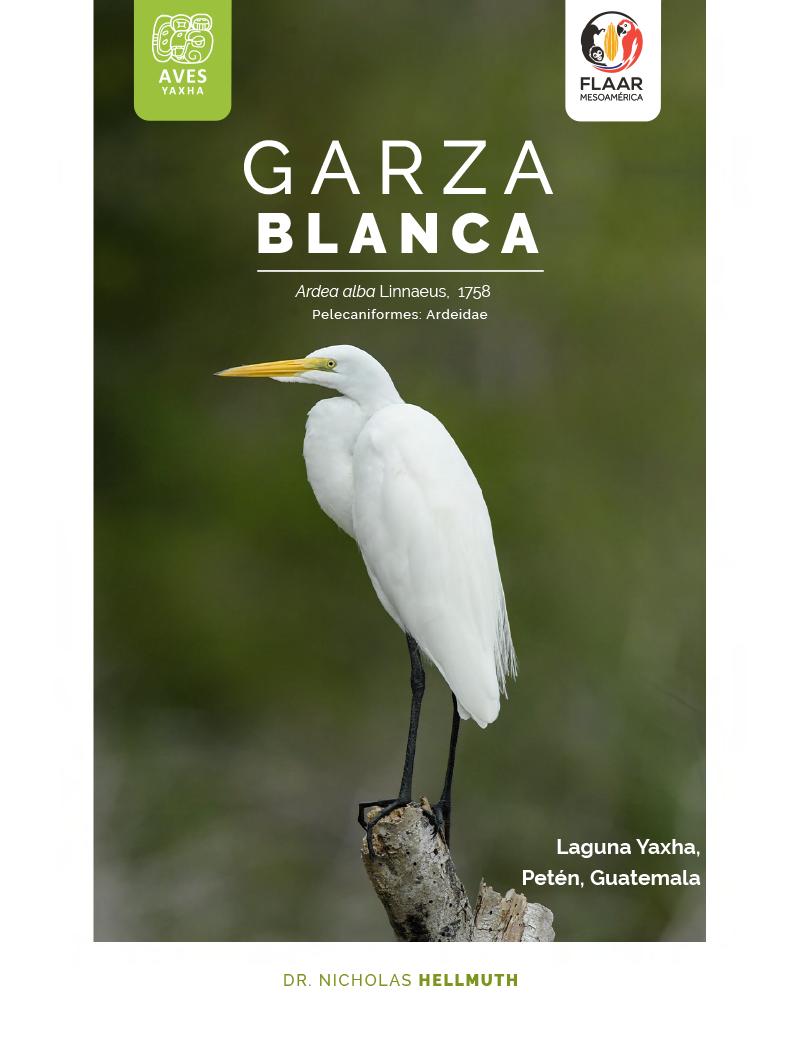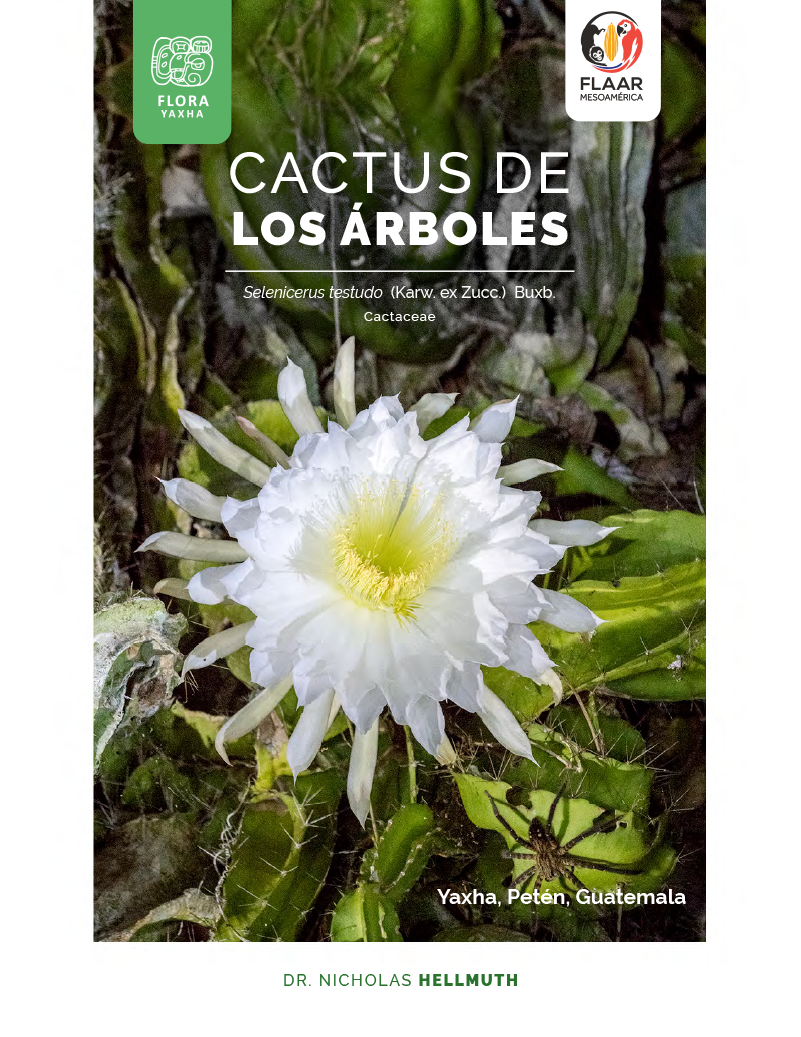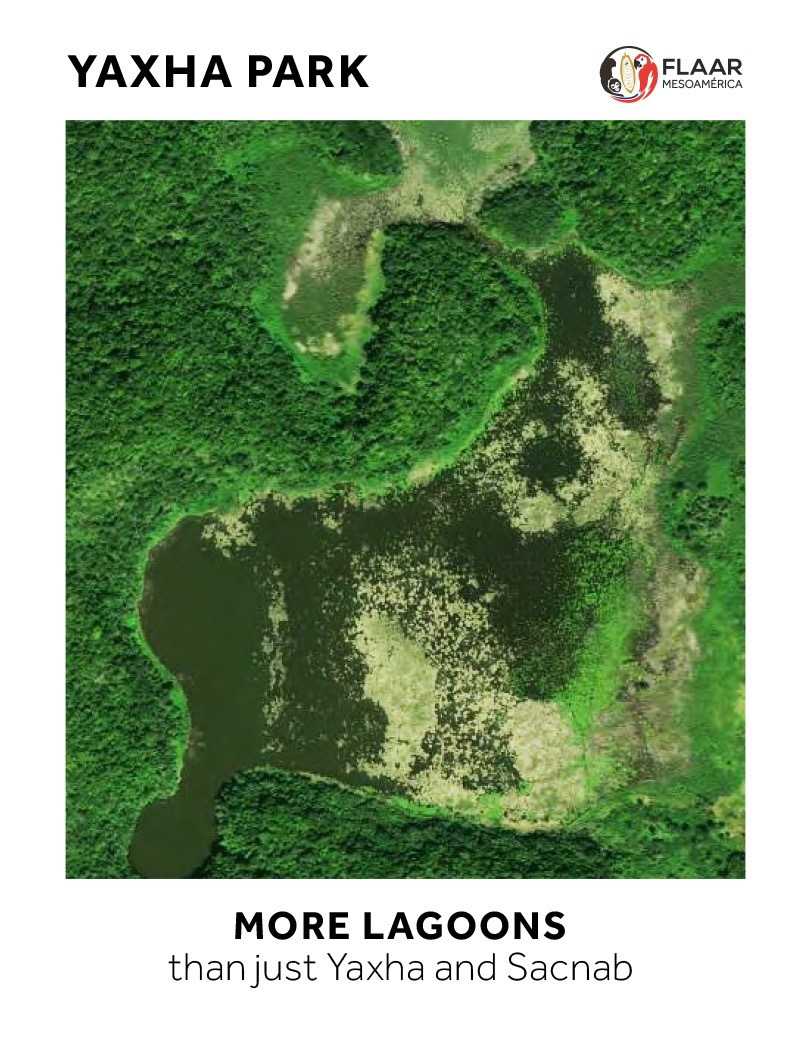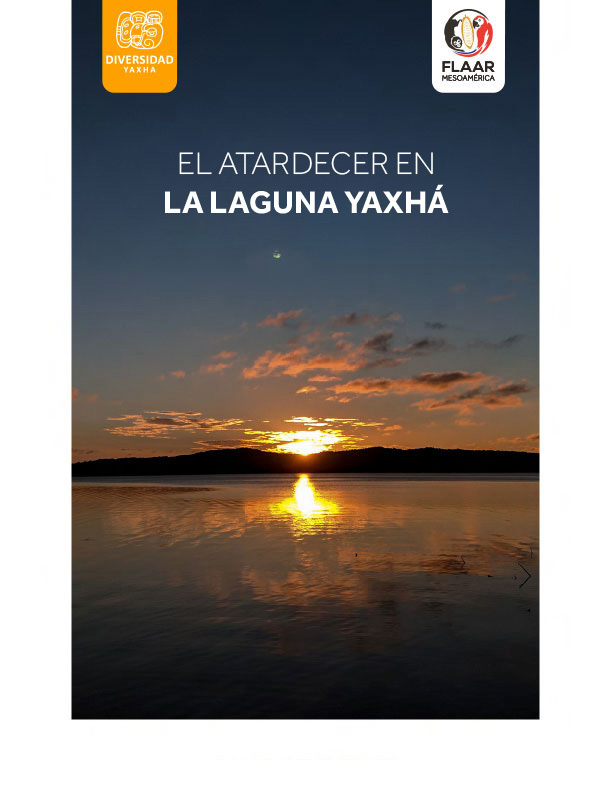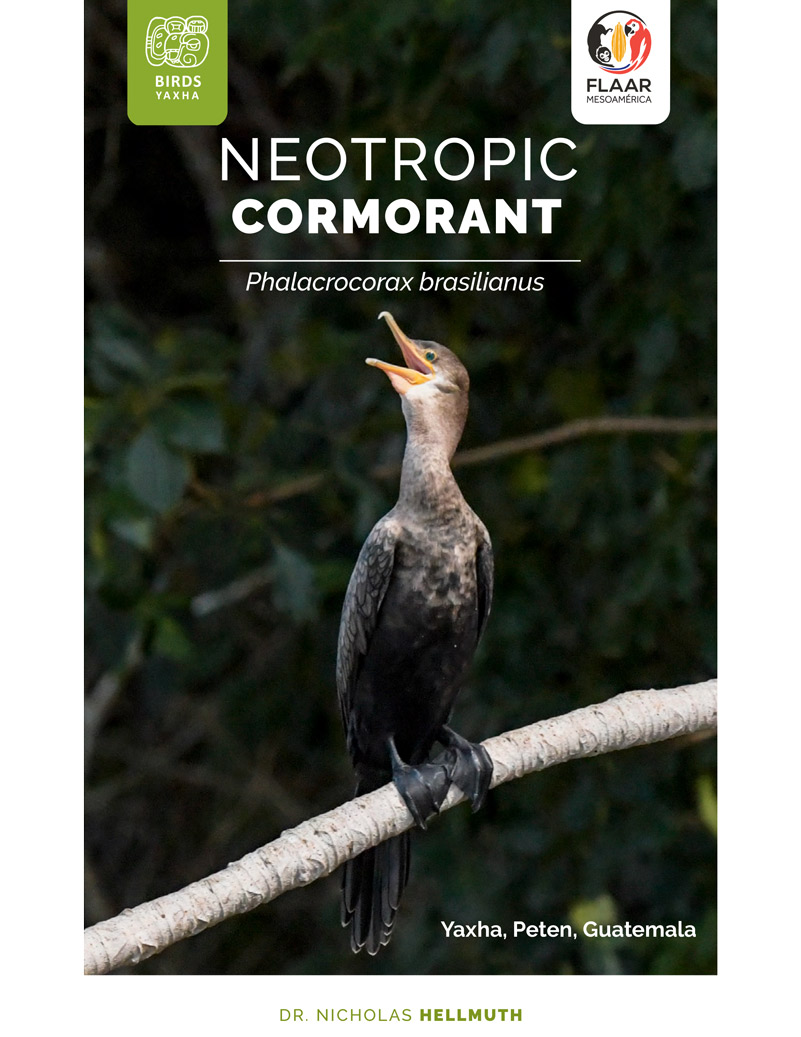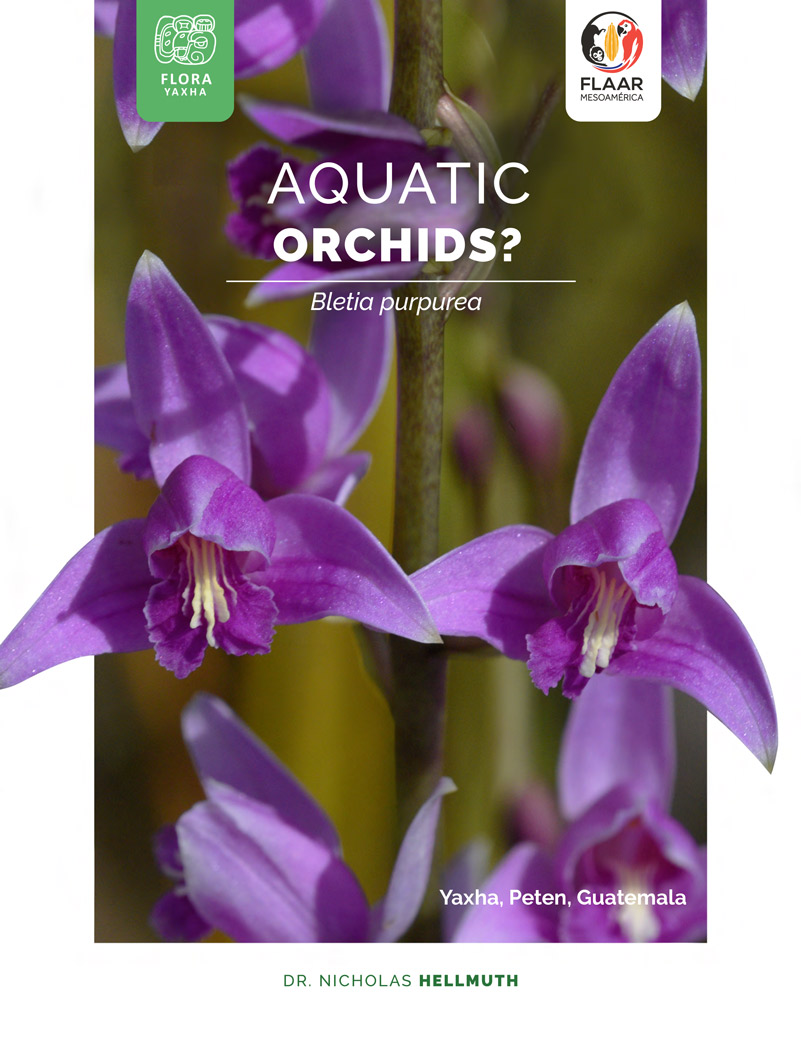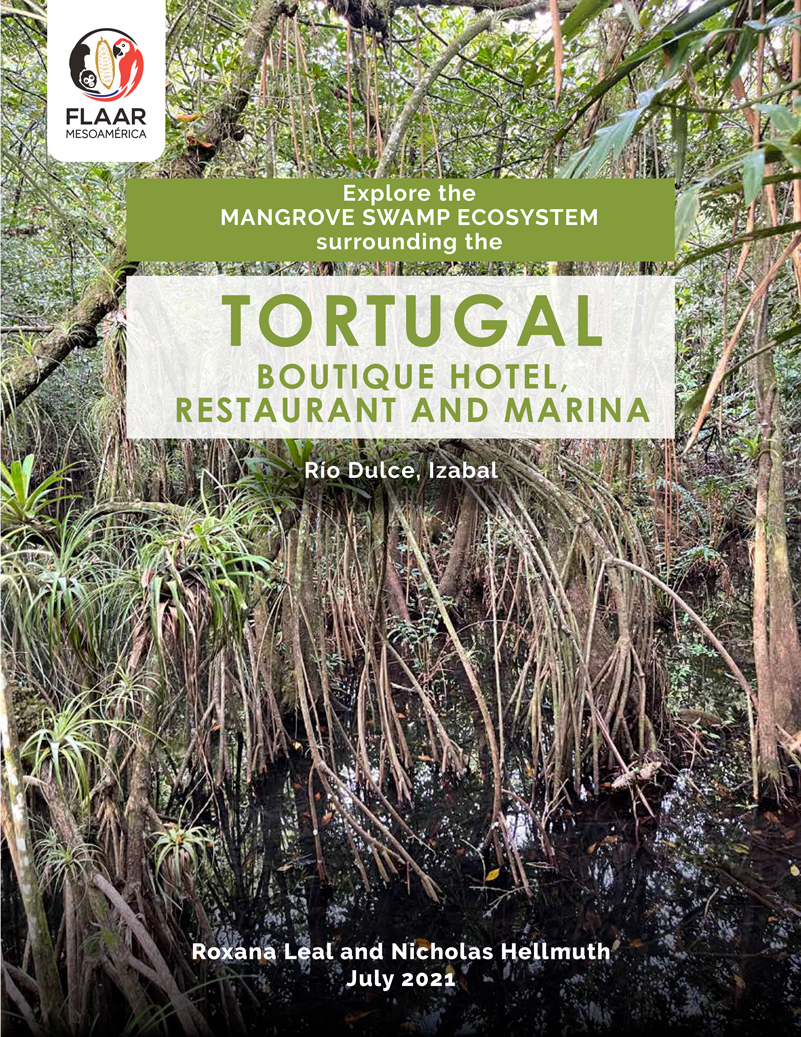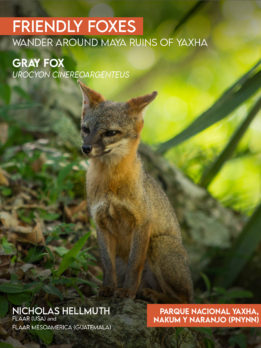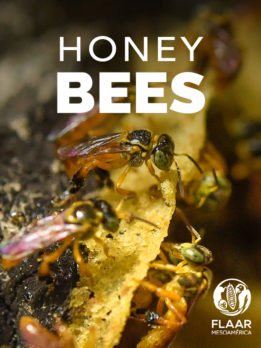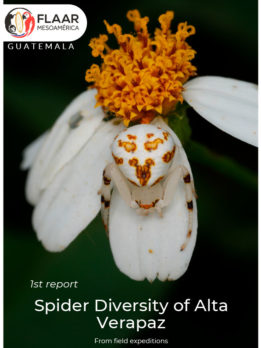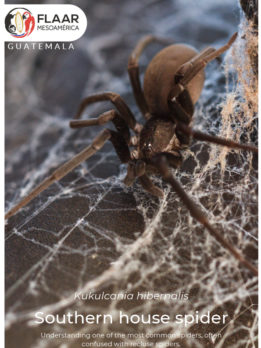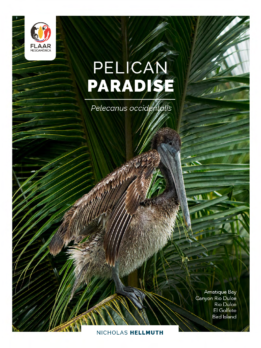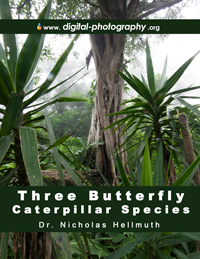Obviously to identify each species of wasp you need close-up photos of the head, thorax, and abdomen. But when the wings of the wasp are folded over their body, often you can’t see the details on their abdomen. Since so many wasps have similar body color, not even Google Images can provide an identification because the results show multiple genera and dozens of species.
So I am working to see how many different sizes and shapes of wasp nest can assist researchers who are not wasp entomologists to identify the genus and species. The wasp nests of Synoeca septentrionalis of Guatemala are so unique that I could ID these wasps quickly. But the wasps elsewhere will take much more field work photography and library research. Obviously we hope to make contact with a wasp entomologist to assist us.
In the meantime we now make available our first two FLAAR Reports on wasp nests of Guatemala. Later this month (June 2025) we will post multiple additional FLAAR Reports on wasp nests of the many wasp species of Guatemala that make edible honey.
The Unique Surface Pattern of Wasp Nests
of Synoeca septentrionalis,
Izabal, Alta Verapaz, Peten and many other areas of Guatemala
Remarkable Wasp Nest
Architects, Engineers and Workers
Tallest Wasp Nest
ever documented so far for Peten, Guatemala
Posada Ecologica Caribe,
Arroyo Petexbatun, Municipio de Sayaxche, Peten
Posted June 9, 2025 by Nicholas Hellmuth



